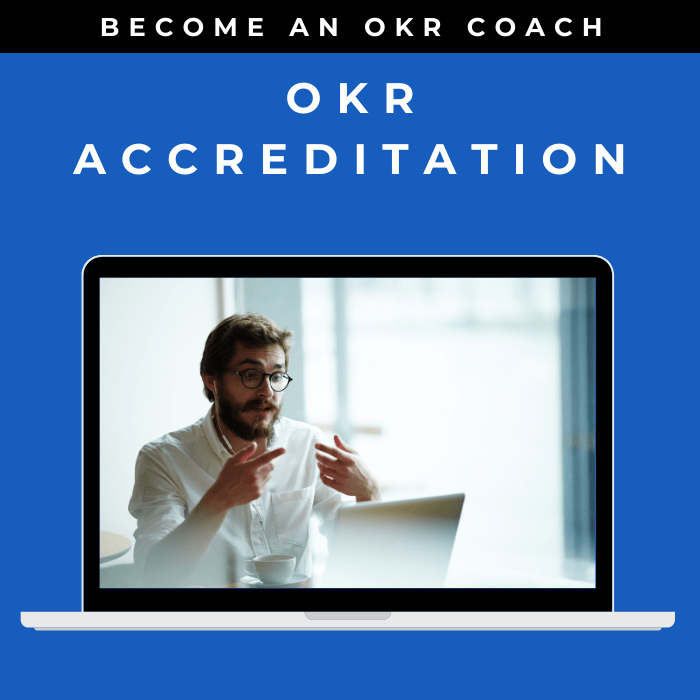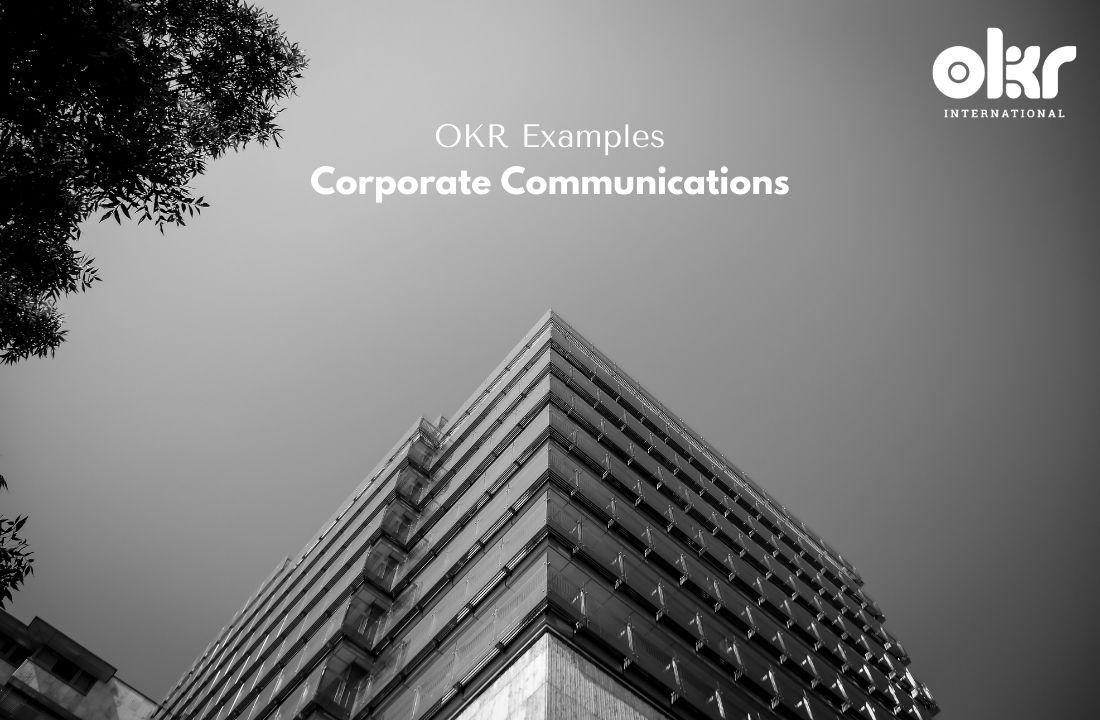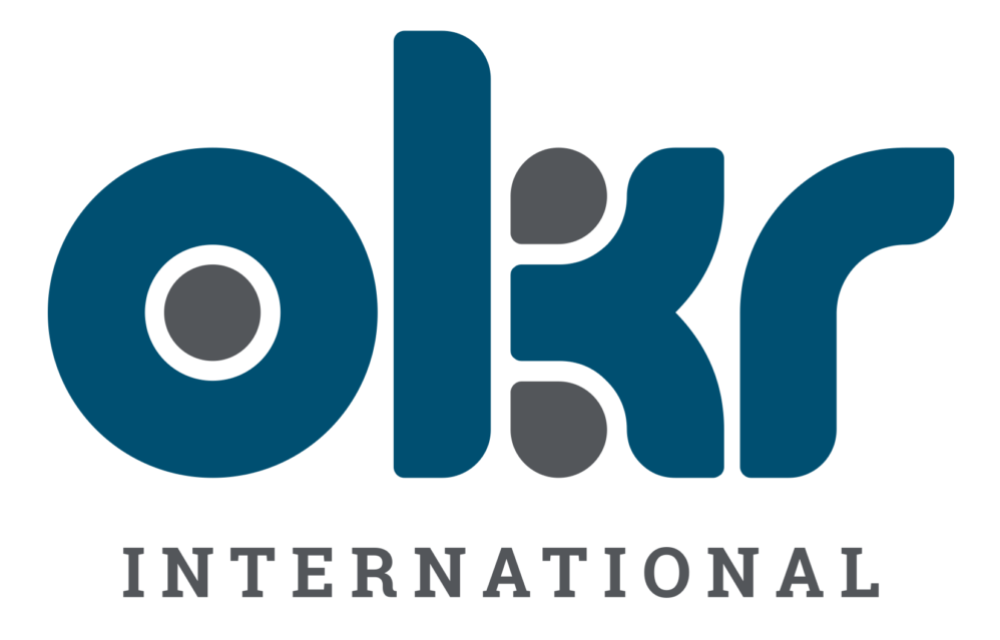10 Vital OKR Examples in Corporate Communications
Effective communication is essential for organizations to build relationships, convey messages, and achieve their goals. OKRs can be powerful tools in driving communication excellence. Here, we present ten vital OKR examples in communications, offering valuable insights for organizations aiming to excel in this area and achieve their communication objectives.
1. Enhancing Internal Communication
Objective: Improve communication within the organization to foster transparency and alignment.
Key Results:
- Implement a company-wide communication platform and achieve a 90% adoption rate among employees.
- Conduct employee satisfaction surveys on internal communication and achieve an 80% satisfaction rate.
- Increase the clarity and timeliness of organizational announcements, achieving a 95% understanding rate among employees.
2. Strengthening External Communication
Objective: Enhance communication with external stakeholders, such as customers, partners, and the media.
Key Results:
- Develop a comprehensive media relations strategy and achieve a 30% increase in positive media coverage within the next year.
- Increase customer satisfaction with communication touchpoints by 15% through post-interaction surveys.
- Implement a social media engagement plan and achieve a 20% growth in social media reach and engagement.
3. Crisis Communication Preparedness
Objective: Develop and implement effective crisis communication strategies and protocols.
Key Results:
- Create a crisis communication plan and conduct simulations or drills to test its effectiveness.
- Establish clear roles and responsibilities for crisis communication team members.
- Achieve a 90% satisfaction rate from stakeholders regarding the organization’s crisis communication efforts during incidents.
4. Enhancing Employee Engagement through Communication
Objective: Foster employee engagement and commitment through effective communication practices.
Key Results:
- Implement regular town hall meetings or employee forums and achieve a 70% attendance rate.
- Increase employee participation in employee feedback surveys by 20% within the next six months.
- Implement communication initiatives that highlight employee achievements and recognition, achieving a 90% satisfaction rate among employees.
5. Developing Thought Leadership
Objective: Establish the organization as a trusted industry thought leader.
Key Results:
- Create and distribute thought leadership content (articles, whitepapers, webinars) and achieve a 25% increase in downloads or views.
- Secure speaking opportunities at industry conferences or events, aiming for a 50% acceptance rate.
- Measure the organization’s share of voice in industry publications and achieve a 10% increase within the next year.
6. Enhancing Customer Communication
Objective: Improve communication with customers to build stronger relationships and increase satisfaction.
Key Results:
- Implement personalized customer communication campaigns based on segmentation and achieve a 15% increase in customer engagement.
- Develop a customer feedback mechanism and achieve an 80% response rate to feedback requests.
- Increase customer satisfaction scores by 10% through post-interaction surveys or feedback mechanisms.
7. Streamlining Digital Communication Channels
Objective: Optimize digital communication channels to improve accessibility and user experience.
Key Results:
- Enhance website usability and achieve a 20% decrease in bounce rate.
- Implement a responsive design for mobile devices and achieve a 30% increase in mobile user engagement.
- Achieve a 95% deliverability rate for email marketing campaigns and measure engagement metrics (open rate, click-through rate).
8. Building Media Relations
Objective: Cultivate positive relationships with media outlets and journalists.
Key Results:
- Establish a media contact database and increase the number of media contacts by 20% within the next six months.
- Secure media coverage in targeted publications or news outlets, aiming for a 50% success rate.
- Measure the organization’s share of voice in media coverage and achieve a 10% increase within the next year.
9. Enhancing Social Media Presence
Objective: Strengthen the organization’s presence and engagement on social media platforms.
Key Results:
- Develop a social media content calendar and achieve a 90% adherence rate to the posting schedule.
- Increase social media follower growth rate by 15% within the next six months.
- Achieve a 20% increase in social media engagement metrics (likes, shares, comments).
10. Improving Interdepartmental Communication
Objective: Enhance communication and collaboration between different departments or teams within the organization.
Key Results:
- Implement cross-functional team meetings or initiatives and achieve a 90% participation rate.
- Establish communication channels or platforms to facilitate knowledge sharing and achieve a 70% adoption rate.
- Measure interdepartmental satisfaction with communication and collaboration and achieve an 80% satisfaction rate.
By adopting these OKR examples in communications, organizations can enhance internal and external communication, build stronger relationships, foster engagement, and establish themselves as trusted industry leaders. These strategic objectives and key results serve as guiding principles for organizations seeking to excel in their communication efforts and drive long-term success.

When looking to set OKRs, it’s natural to want examples to ignite the thought process or simply compare yours to OKR Examples. Check out our compendium of OKR Examples here.
Explore Our Range of Services
Bring OKRs (Objectives and Key Results) to your organisation with our tried & tested OKR Framework.


OKR International’s highly acclaimed Certified OKR Practitioner Program is the first and only OKR accreditation endorsed by ICF & HRCI for continuing education units.
OKR International helps leaders create the alignment, engagement and result orientation needed for growth by offering OKR Advisory services.




